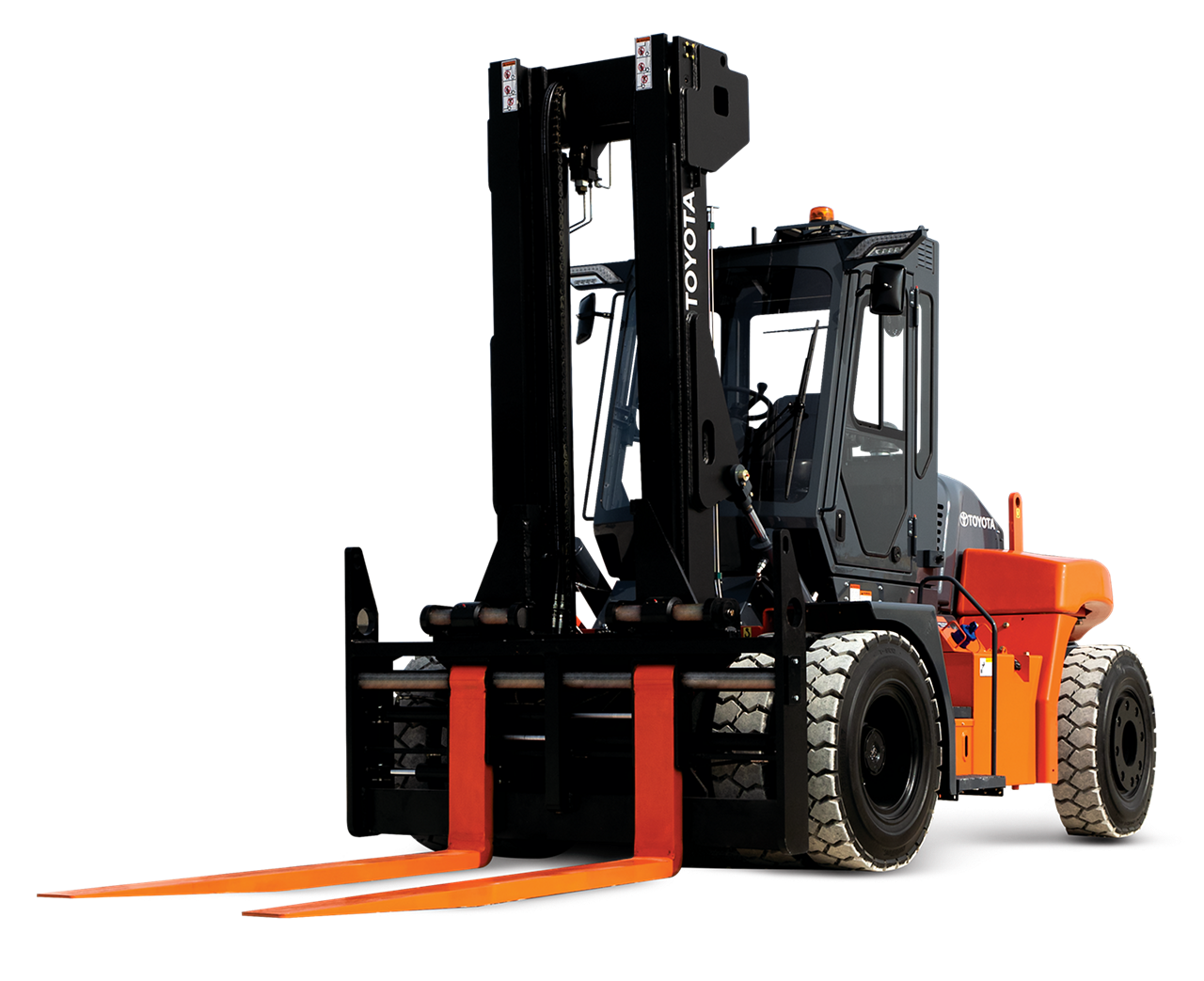Please click below to sign in to your MyToyota account
Picking The Right Layer Picker Forklift Attachment

Layer pickers first burst onto the material handling scene in the mid 1990s as a solution to one simple problem: the need to quickly and efficiently build diverse pallets of products. The gradual introduction of diverse products and increased demand over time has led many companies to abandon the traditional method of hand-building pallets in favor of using layer pickers.
As the name implies, layer pickers can “pick” multiple layers of product at one time, assuming the product is relatively homogenous. This ability makes them a perfect fit for the beverage and distribution industries where packages can be easily stacked on top of one another due to the layers of product being flat, rigid, and rectangular in shape. As a former employee in the beverage industry, I cannot begin to tell you how much of a life (and back) saver these attachments can be.
But layer pickers have had to evolve over time to keep up with current market trends and with increasing variations in both application and packaging. Different mounting types, swing capabilities, and even magnetic models are now available.
Layer Picker Forklift Attachment Types
1. Stationary Carriage Mount – This type of layer picker is mounted directly to the mast using an integral carriage. It can only pick up and drop off loads in front of the forklift.
2. Stationary Fork Mount – Mounts onto the forklift’s forks using a pair of fork pockets on top of the attachment. Designed to easily install/uninstall for forklifts that are used for more than just layer picking.
3. Stationary Side Mount – A mast and layer picker combination that must be mounted on the forklift in place of the standard mast. The layer picker is mounted to either the left or right of the forklift and does not swing. Useful for when all pallets are located on one side of the forklift.
4. Swing Model – A mast and layer picker combination that must be mounted on the forklift in place of the standard mast. Includes an arm that allows the layer picker to rotate so that it can pick up product to the left, right, and front of the forklift. Useful for when pallets are one either side of the forklift or in front.
5. Magnetic Layer Pickers – The layer picker types described above are available as both clamping types and magnetic types. Magnetic layer pickers use a rectangular-shaped magnet to pick up metal products such as cans for stacking. Typically, no external power sources are required for the magnets to operate.
Once you determine the correct layer picker forklift attachment type for your application, you should consider adding rail guidance. There are two general types of rail guidance: dual rail and single rail. A single rail setup uses one rail mounted to the ground to keep the forklift a safe distance away from the product it is picking. Dual rail guidance is where a rail is mounted on both sides of the forklift.
Dual rail guidance allows the forklift more room to travel left and right. This option is well suited for applications using a swing model that picks on both sides of the forklift. The single rails system is designed to keep the forklift a set distance from the individual rail on one side of the forklift, which is typically better for stationary side mount layer pickers.
Last, but not least, there are a wide variety of options and custom configurations available to fit your specific needs. You’re going to need the correct layer picker forklift attachment size, pressure setting, pads, and possibly other accessories to fit your application’s needs. Not to mention the correct forklift with enough capacity and maneuverability to get the job done.
Your local Toyota dealer and Cascade representative can work together to find the perfect marriage of forklift and attachment to optimize your throughput and efficiency and maximize your ROI.

















